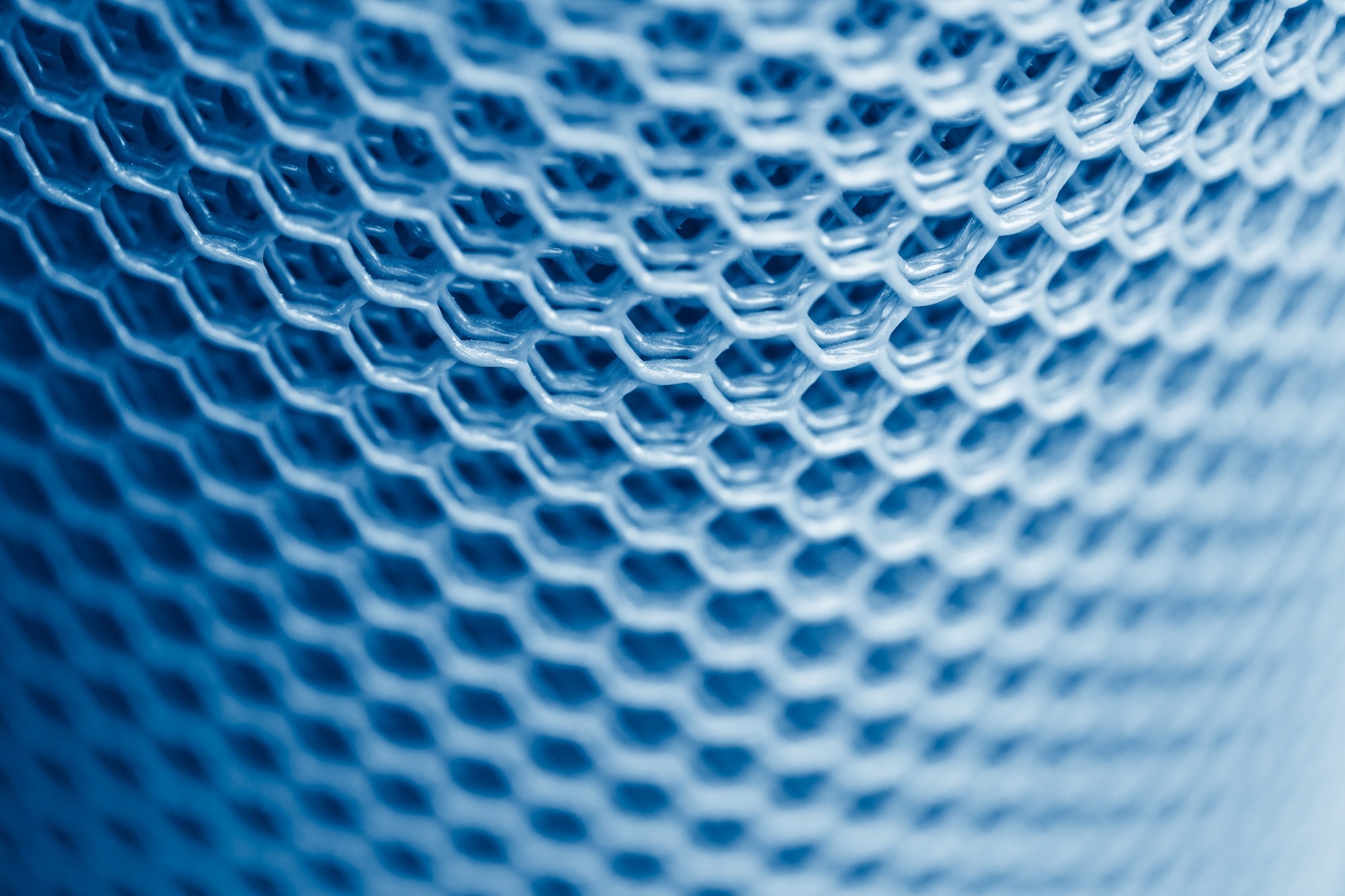A new study investigates how carbon nanotubes can enhance concrete’s resistance to chloride damage, especially under the heat stress conditions common in marine and desert climates.
 Study: Impact of carbon nanotubes on chloride diffusion in cement mortar under temperature gradient conditions. Image Credit: Quality Stock Arts/Shutterstock.com
Study: Impact of carbon nanotubes on chloride diffusion in cement mortar under temperature gradient conditions. Image Credit: Quality Stock Arts/Shutterstock.com
Published in Scientific Reports, the research explores the potential of adding carbon nanotubes (CNTs) to cement mortars to limit chloride ion diffusion under temperature gradient (TG) conditions. Mortar samples were prepared with CNTs at 0.05 %, 0.10 %, and 0.15 % by weight of cement, then exposed to a 3 % NaCl solution at varying temperatures to measure their resistance to chloride intrusion.
Background
In hot, coastal regions like the Middle East and North Africa, corrosion of steel reinforcement in concrete structures is a widespread issue. This typically results from chloride ingress or carbonation, with chloride-related damage being more severe and harder to mitigate.
Chloride ions penetrate concrete by diffusing through its liquid phase along a concentration gradient. The rate of this diffusion is influenced by several factors - material quality, exposure time, hydration, additives, and most notably, temperature. High temperatures can dramatically accelerate chloride movement through concrete. Recent studies suggest nanomaterials, such as CNTs, may help counteract this effect by refining the material’s internal structure.
CNTs offer advantages due to their multifunctional properties and effectiveness at low dosages. However, their specific role in limiting chloride penetration under realistic environmental stresses, like thermal gradients, has not been fully evaluated - until now.
Methods
The researchers of this paper used ordinary Portland cement, fine dune sand, and fine crushed sand to create mortar specimens. Multi-walled CNTs were introduced at three dosages (0.05 %, 0.10 %, and 0.15 % by weight of cement), with a polycarboxylate ether superplasticizer (SP) used to disperse the CNTs uniformly in water. The water-to-cement ratio and SP content were carefully adjusted to maintain consistent workability across all mixes.
The investigation was divided into two stages. First, the team identified the optimal CNT dosage by evaluating compressive strength, water absorption, porosity (via backscattered electron imaging), and chloride content under TG conditions. In the second stage, this optimal mix was further tested under three conditions: constant room temperature (22 °C), constant high temperature (50 °C), and a temperature gradient.
For the TG scenario, cylindrical specimens were partially submerged in a 3 % NaCl solution for 30 days, with the bottom surface heated to 50 °C and the top left at room temperature, simulating the kind of gradient experienced in hot climates.
Results and Discussion
The 0.05 % CNT mix emerged as the best-performing formulation. It increased compressive strength by over 24 %, cut water absorption and porosity by roughly 17.5 %, refined the internal pore structure, and significantly reduced total chloride content under TG exposure.
When comparing the different temperature conditions, chloride penetration was highest under TG conditions. Still, the 0.05 % CNT-enhanced mix outperformed the control (without CNTs) under all scenarios, thanks to reduced porosity and a more tortuous path for chloride ions.
One unexpected finding was that the CNT-based mortar released more free chloride ions near the exposed surface. This was likely due to the polyethylene glycol treatment of the CNTs, which made them hydrophilic, allowing them to absorb and later release chloride ions along with water at high temperatures. However, this effect was localized and did not significantly affect deeper layers of the mortar.
Despite the localized release, the total chloride content across the depth of the CNT-enhanced specimens remained lower than in the control group. The CNTs helped maintain durability even under thermal gradients, pointing to their reliability in harsh, real-world environments.
Conclusion and Future Directions
This study highlights how a small dose of CNTs - just 0.05 % - can notably improve the strength and chloride resistance of cement mortar, particularly under thermal gradients. The results offer promising implications for improving the longevity of concrete structures in hot, aggressive environments.
The authors recommend future studies comparing the performance of pristine versus functionalized CNTs, as well as evaluating other nanomaterials like graphene, to determine the most effective option for enhancing concrete durability.
Journal Reference
Maqsood, S., Ali, M. M., Shittu, R. A., & Kim, T.-Y. (2025). Impact of carbon nanotubes on chloride diffusion in cement mortar under temperature gradient conditions. Scientific Reports, 15(1). DOI: 10.1038/s41598-025-04031-2, https://www.nature.com/articles/s41598-025-04031-2
Disclaimer: The views expressed here are those of the author expressed in their private capacity and do not necessarily represent the views of AZoM.com Limited T/A AZoNetwork the owner and operator of this website. This disclaimer forms part of the Terms and conditions of use of this website.